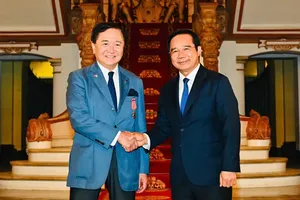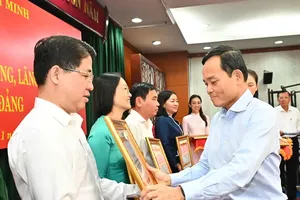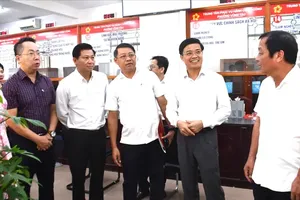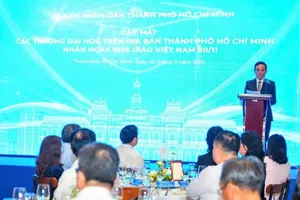
A series of major corporations have proposed to build urban railway lines in Ho Chi Minh City, helping the city complete a metro network of more than 500km in the next two decades.
The Dai Dung Corporation, Construction Corporation No. 1 Joint Stock Company (CC1), and Hoa Phat Group have formed a partnership called DCH and proposed the HCMC People's Committee allow them to participate in local urban railway projects as the EPC (engineering, procurement, and construction) general contractor.
Accordingly, the DCH wants to study and invest in three key railway lines – Metro Line No. 2 (Ben Thanh – Tham Luong), the Thu Thiem – Long Thanh railway line, and the Binh Duong New City – Suoi Tien line.
Previously, Vingroup submitted a proposal to the municipal People's Committee to build a metro line worth about VND102.37 trillion (US$4.09 billion) connecting the city's center with the Can Gio island district. The 48.5km route is expected to have a maximum speed of 250km per hour, doubling that of the lines now under construction, and be completed in just two years.
According to the city’s Department of Construction, Vingroup proposed investment in the form of a public-private partnership (PPP). After receiving approval from the municipal administration, it is speeding up the completion of investment documentation and a pre-feasibility study report. If procedures are finalized early, work can start in early 2026. Thus, in the most favorable conditions, HCMC can have the first urban railway line entirely implemented by a private enterprise by 2028.
Chairman of the municipal People's Committee Nguyen Van Duoc recently revealed that in addition to Vingroup, Gamuda Group, and Vietjet have also expressed interest in and registered to build several routes such as the one from the city's center to the airport or Metro Line No. 2.
According to the city’s master plan for the 2021–2030 period, with a vision to 2050, HCMC will build 12 metro lines with a total length of more than 600km, connecting Tan Son Nhat airport, urban areas, suburban districts, and neighboring provinces. It aims to complete seven metro lines with a total length of about 355km by 2035, requiring an investment of about US$40.2 billion
Prof. Dr. Vo Xuan Vinh, Director of the Institute of Business Research at the University of Economics Ho Chi Minh City, said that after the Politburo issued Resolution 68 on private sector development, private enterprises are becoming more excited about large projects and are ready to accept risks.
Vinh said characterized by large investment and a long time for capital recovery, in the past, urban railway projects in both HCMC and Hanoi mainly depended on official development assistance (ODA) capital.
This time, when large private enterprises in Vietnam participate in these projects, they will certainly make big changes to progress. To ensure their own interests, they will have a mechanism to mobilize capital and implement projects quickly to ensure the best progress and quality. Thus, the city will have the opportunity to build an urban railway network in a fast, quality, and cost-saving manner, he noted.
Speaking about attracting private investment for urban railway projects, Dr. Nguyen Quoc Hien, deputy head of the HCMC Management Authority for Urban Railways, said that some PPP projects in Hong Kong (China), China, and the Republic of Korea are often carried out in the form of Build-Transfer-Operate (BTO), Build-Transfer-Lease (BTL), or Build-Lease-Transfer (BLT).
The National Assembly’s Resolution No. 188/2025/QH15 on piloting a number of specific and special mechanisms and policies to develop the urban railway systems in Hanoi and HCMC has not mentioned these forms of investment. Therefore, more legal corridors are needed to attract private enterprises to the urban railway sector, Hien said.
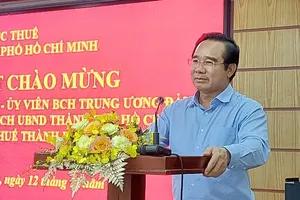
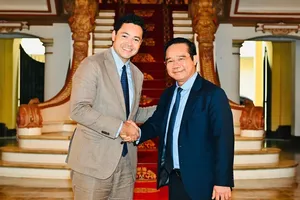
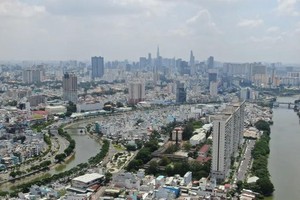
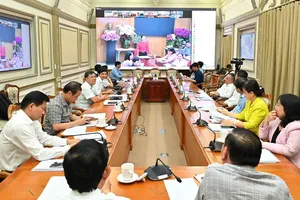

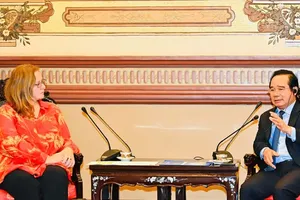
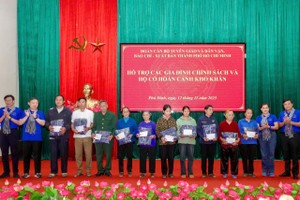

)
